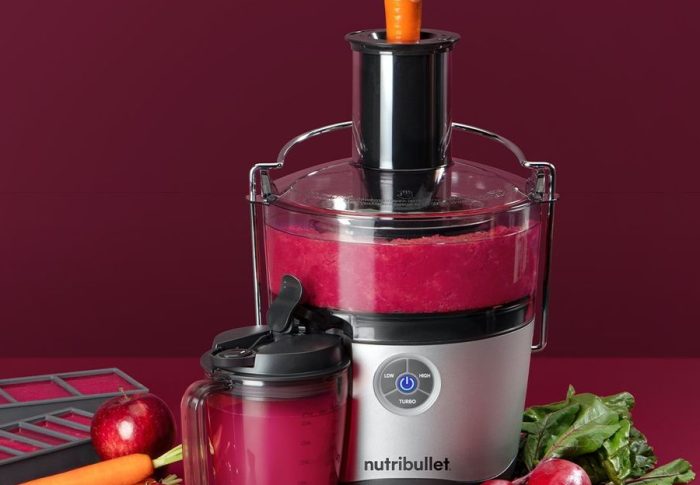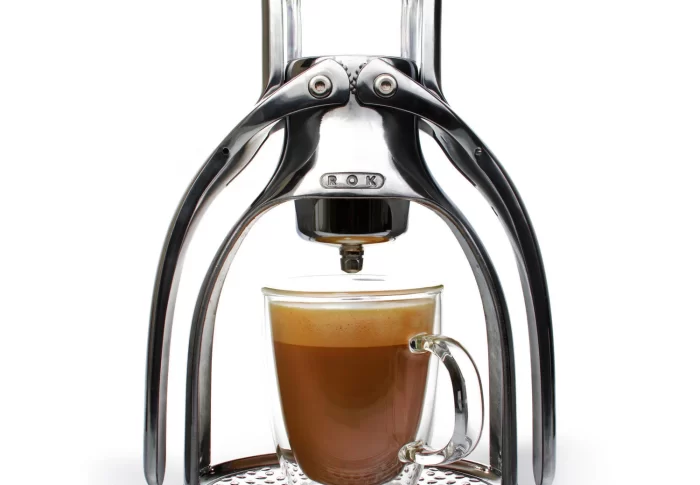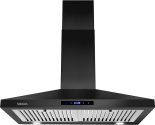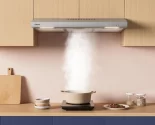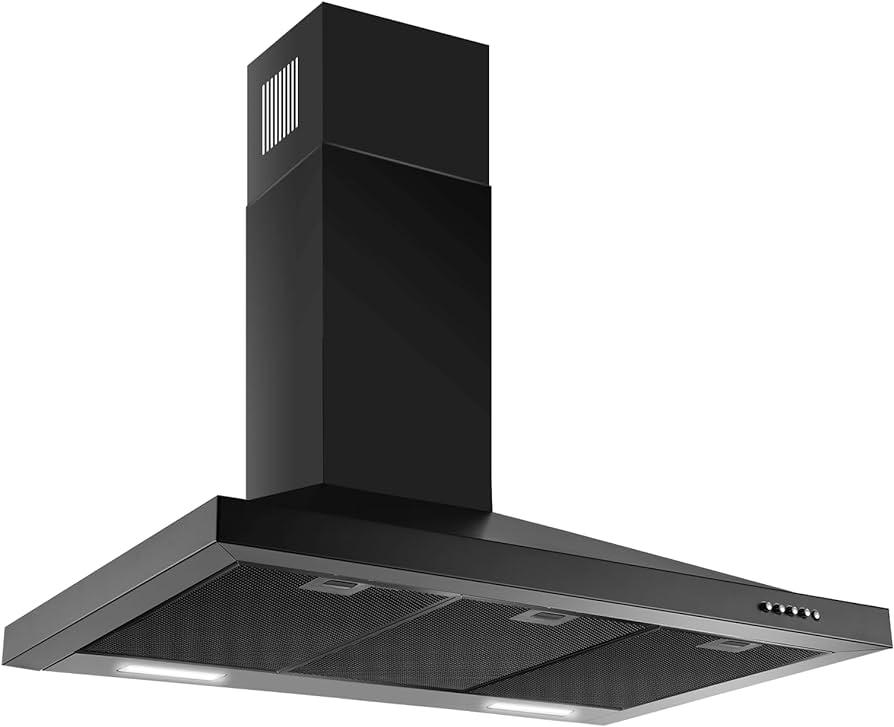
What Does Convertible Range Hood Mean?
Introduction:
The term “convertible range hood” might be unfamiliar to some, but it plays a significant role in modern kitchen ventilation. Understanding what a convertible range hood is, how it works, and its advantages can help homeowners make informed decisions when designing or upgrading their kitchen. This comprehensive guide delves into the specifics of convertible range hoods, their design, benefits, installation options, and maintenance considerations.
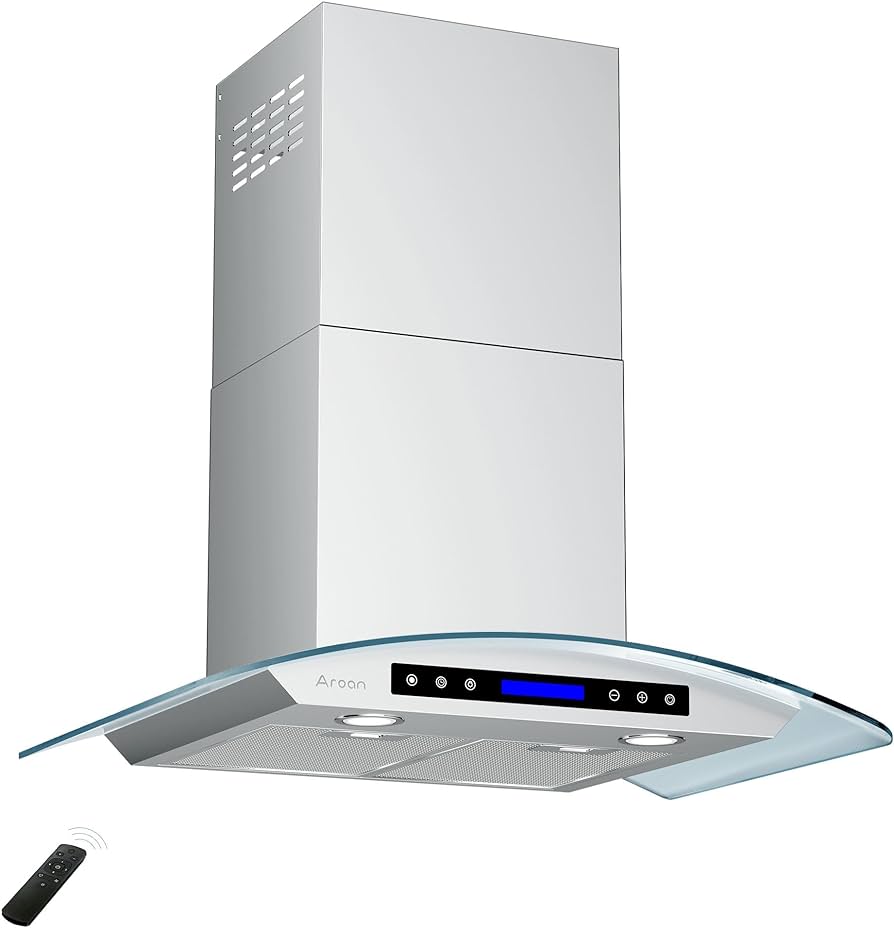
What Does Convertible Range Hood Mean?
Understanding the Concept of Convertible Range Hoods
A convertible range hood offers versatile ventilation options, making it a popular choice in kitchen design.
Definition: A convertible range hood is designed to function in either ducted or ductless mode. This versatility allows homeowners to choose the most suitable ventilation method for their kitchen setup and preferences. The hood can be installed to vent air outside (ducted) or filter and recirculate air within the kitchen (ductless).
Ducted Mode: In ducted mode, the range hood vents cooking exhaust through a series of ducts to the outside of the home. This method effectively removes smoke, odors, steam, and airborne grease, ensuring better air quality and a cleaner kitchen environment.
Ductless Mode: In ductless mode, the range hood uses a set of charcoal filters to capture and neutralize cooking odors and contaminants before recirculating the cleaned air back into the kitchen. This mode is ideal for homes where external venting ducts are not feasible or desired.

How Convertible Range Hoods Work
Convertible range hoods are designed with components and features that support both ducted and ductless operation.
Dual Configuration: Convertible range hoods come equipped with components that allow easy transition between ducted and ductless modes. The key components include:
- Blower Motor: Powers the extraction of air.
- Grease Filters: Capture grease particles from the cooking fumes.
- Charcoal Filters: Used in ductless mode to neutralize odors and impurities.
- Duct Adapter/Cover: Allows for connection to external ducts in ducted mode.
Switching Between Modes: Switching between ducted and ductless modes is a relatively straightforward process. For ducted mode, you need to connect the range hood to an external duct system using the provided adapter. For ductless operation, you install the charcoal filters and cover the ducting outlet to recirculate the air back into the kitchen.
Fan Speed and Noise Control: Convertible range hoods typically feature multiple fan speeds to cater to different cooking needs. Lower speeds are suitable for light cooking, while higher speeds handle heavy frying or grilling. Advanced models often include noise control mechanisms to ensure quieter operation even at higher speeds.
Benefits of Convertible Range Hoods
The versatility of convertible range hoods offers several advantages, making them a preferred choice for many homeowners.
Flexibility: The primary benefit of a convertible range hood is its flexibility. Whether your kitchen can accommodate ducting or not, a convertible model can adapt to either situation. This flexibility is especially valuable for those who may move homes or remodel their kitchens in the future.
Improved Air Quality: In ducted mode, convertible range hoods effectively remove airborne contaminants, ensuring cleaner indoor air. In ductless mode, the charcoal filters help neutralize odors and impurities, improving the overall air quality inside the kitchen.
Cost-Effectiveness: Choosing a convertible range hood can be more cost-effective than buying separate ducted and ductless units. The dual functionality means you’re essentially getting two appliances in one. Additionally, the ability to switch modes without needing major modifications adds to its cost efficiency.
Ease of Installation: Convertible range hoods are generally easy to install, especially in ductless mode. For ducted installation, a bit more effort is required, but the units are designed to simplify this process as much as possible. The easy switch between modes further streamlines any future adjustments.
Enhanced Flexibility: The ability to switch between ducted and ductless modes offers enhanced flexibility, especially for those who frequently remodel their kitchens or might move to a different home where the ventilation requirements differ.
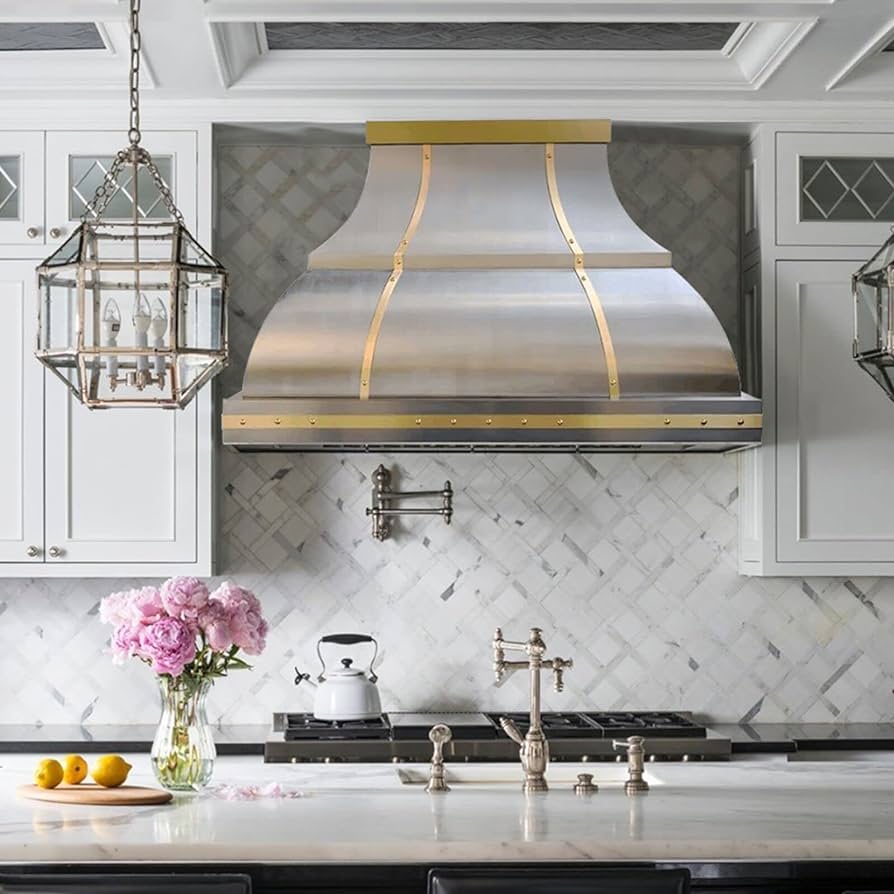
Types of Convertible Range Hoods
Convertible range hoods come in various designs, each suited to different kitchen layouts and aesthetic preferences.
Under-Cabinet Convertible Range Hoods: Under-cabinet range hoods are installed beneath kitchen cabinets above the cooking area. They are compact and save space, making them ideal for smaller kitchens. These models typically include grease filters and provide the option to install charcoal filters for ductless operation.
Wall-Mounted Convertible Range Hoods: Wall-mounted range hoods are installed directly on the wall above the cooktop. They often feature a chimney design and tend to be more powerful than under-cabinet hoods. Their aesthetic appeal makes them a popular choice for modern kitchens.
Island Convertible Range Hoods: Island range hoods are designed for kitchens with an island cooktop. These hoods are typically mounted from the ceiling and offer powerful ventilation to cover the open cooking area. They are larger and more visually prominent, making them a focal point in kitchen design.
Downdraft Convertible Range Hoods: Downdraft hoods are installed within the countertop and rise up behind the cooktop when needed. They pull air downward through vents, making them a discreet option for kitchens where maintaining a clean, unobstructed view is essential.
Convertible Range Hood Materials and Design
The materials and design of convertible range hoods play a significant role in their performance and aesthetic appeal.
Stainless Steel: Stainless steel is a popular material for convertible range hoods due to its durability, resistance to heat and corrosion, and modern look. It’s easy to clean and maintain, making it a practical choice for busy kitchens.
Tempered Glass: Some range hoods incorporate tempered glass elements in their design. This material adds a sleek, contemporary look and is also easy to clean. However, it requires regular maintenance to keep smudges and fingerprints at bay.
Plastic Components: Certain internal components, such as fan blades or filter housings, may be made from high-quality plastic. These parts are durable and help reduce the overall weight of the range hood.
Aesthetic Features: Convertible range hoods come in various styles, from sleek and minimalist to more elaborate and decorative designs. Features such as built-in lighting, digital controls, and touch panels enhance both functionality and visual appeal.
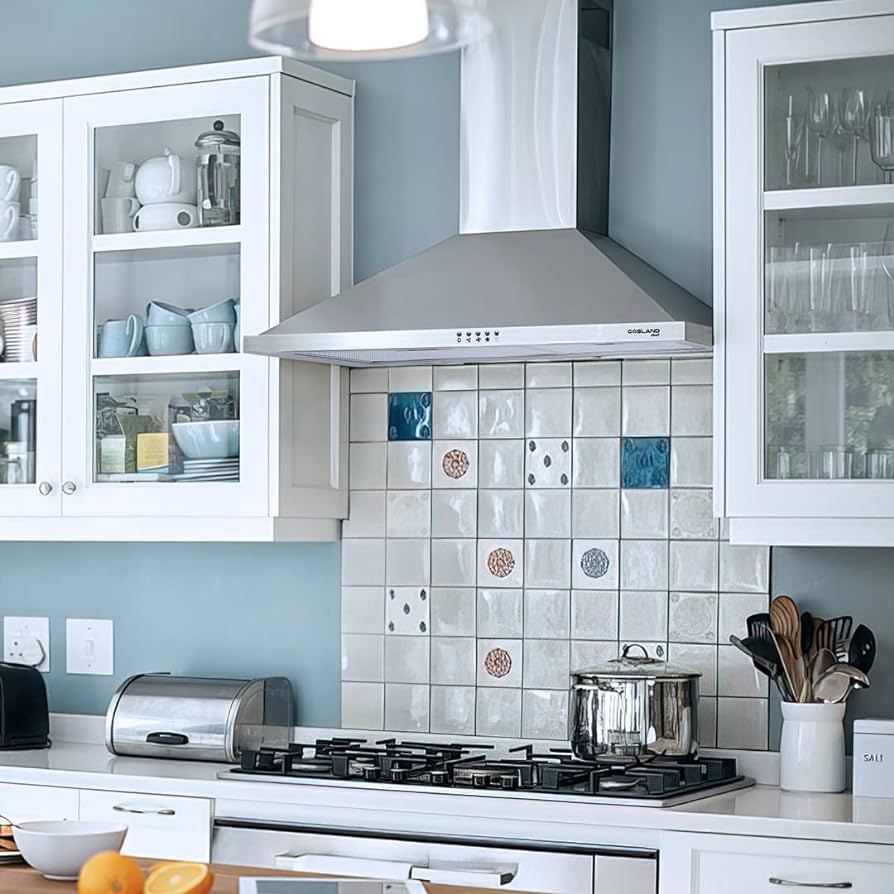
Choosing the Right Convertible Range Hood
Selecting the right convertible range hood involves considering several factors to ensure it meets your specific needs and kitchen setup.
Kitchen Size and Layout: Consider the size and layout of your kitchen when choosing a range hood. A larger kitchen with a high ceiling may require a more powerful range hood with higher CFM (cubic feet per minute) ratings to ensure effective ventilation.
Ventilation Needs: Evaluate your cooking habits to determine your ventilation needs. If you frequently cook using high heat or have a gas cooktop, a higher CFM range hood may be necessary. For lighter cooking, a lower CFM might suffice.
Noise Levels: Check the noise levels (measured in sones) of the range hood. Lower noise levels ensure a quieter kitchen environment, while higher levels might be acceptable for heavy-duty cooking scenarios.
Energy Efficiency: Look for range hoods with energy-efficient features such as LED lighting and variable fan speeds. These features contribute to lower energy consumption and operating costs.
Budget: Determine your budget and compare various models within your price range. Consider the long-term benefits and cost savings associated with energy efficiency and maintenance.
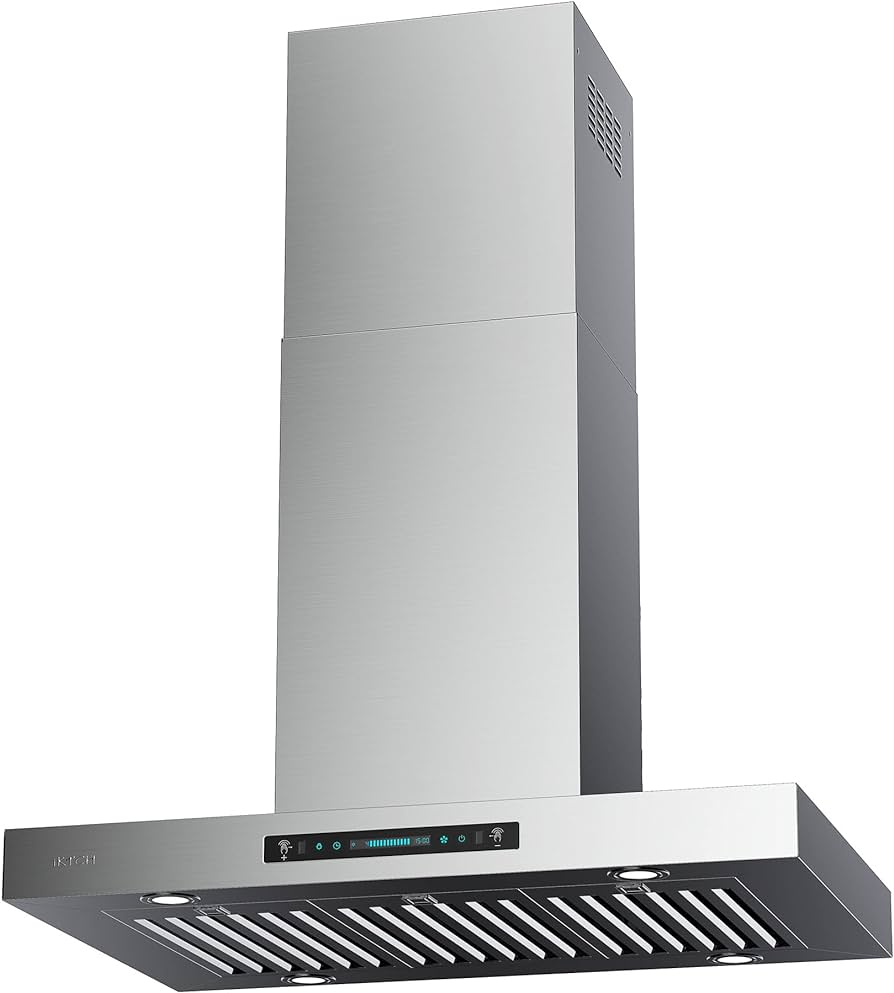
Installation and Maintenance of Convertible Range Hoods
Proper installation and regular maintenance are essential for ensuring optimal performance and longevity of your convertible range hood.
Installation Tips:
- Follow the manufacturer’s guidelines for installation, including proper placement and securing of the range hood.
- Ensure that the ductwork is properly connected and sealed for ducted installations to prevent air leaks.
- For ductless mode, ensure that the charcoal filters are correctly installed and fitted.
- Consider hiring a professional if you are unsure about the installation process or if your kitchen layout presents challenges.
Regular Maintenance: Regular maintenance is crucial for keeping your range hood functioning efficiently.
- Clean or replace grease filters regularly to prevent build-up and maintain optimal airflow.
- Replace charcoal filters (in ductless mode) periodically as recommended by the manufacturer to ensure they effectively neutralize odors and impurities.
- Clean the exterior and interior of the range hood to remove grease and grime, ensuring hygienic operation.
- Inspect the ductwork (if in ducted mode) for any blockages or leaks and clean or repair as necessary.
Conclusion
Convertible range hoods offer versatile and flexible ventilation solutions for modern kitchens. Their ability to function in both ducted and ductless modes makes them an adaptable choice for various kitchen layouts and ventilation needs. This comprehensive guide highlights the features, benefits, installation, and maintenance of convertible range hoods, providing valuable insights for homeowners considering this versatile kitchen appliance. By choosing the right model, ensuring proper installation, and maintaining it regularly, you can enjoy a cleaner, more efficient, and aesthetically pleasing kitchen environment.

